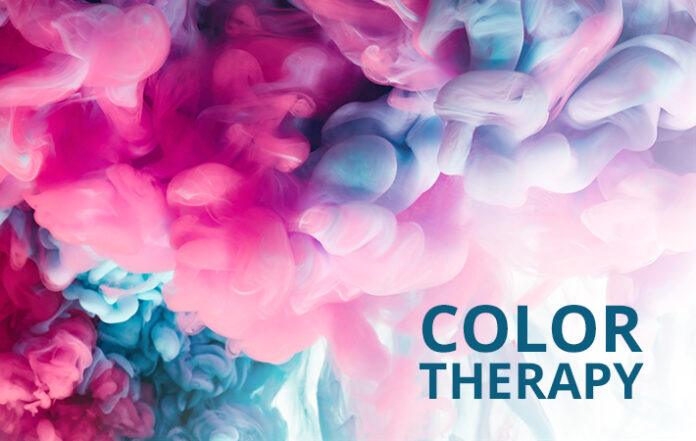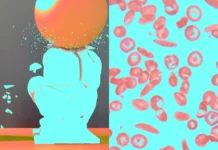Explore the world of color therapy and learn how the power of color and light can be used to improve physical, emotional, and spiritual well-being. Discover the history and science behind this alternative medicine practice, as well as its potential benefits and uses.

Color therapy, also known as chromotherapy, is a form of alternative medicine that uses the visible spectrum of light and color to treat various ailments and conditions. The idea behind color therapy is that each color corresponds to a specific wavelength of light and vibrational frequency, and that these frequencies can affect our physical, emotional, and spiritual well-being.
The practice of color therapy dates back to ancient civilizations, such as the Egyptians and Chinese, who used color in various healing rituals and ceremonies. In more recent times, color therapy has been used in various forms, such as through the use of colored lights, colored glasses, and colored fabrics.
One popular method of color therapy is the use of colored light. This can be done through the use of colored light bulbs, or through the use of colored filters placed over a white light source. Each color is said to have its own unique properties and effects on the body. For example, red light is thought to stimulate the circulation and increase energy, while blue light is thought to have a calming and soothing effect.
Another method of color therapy is the use of colored glasses. These glasses filter out specific wavelengths of light, allowing the wearer to see only certain colors. This is thought to have a similar effect as the use of colored light, with each color having its own unique properties and effects on the body.

Color therapy can also be used through the use of colored fabrics. Wearing clothing or surrounding oneself with certain colors is thought to have an effect on one’s mood and energy levels. For example, wearing red is thought to increase energy and confidence, while wearing blue is thought to promote calmness and tranquility.
Despite the long history and popularity of color therapy, there is limited scientific evidence to support its effectiveness. However, some studies have suggested that certain colors may have a positive effect on certain conditions, such as reducing pain or improving mood.
It’s important to note that color therapy should not be used as a substitute for conventional medical treatment. If you have a medical condition, it’s important to seek advice from a qualified healthcare professional.
In conclusion, Color therapy is an alternative form of medicine that uses the visible spectrum of light and color to treat various ailments and conditions. The practice of color therapy dates back to ancient civilizations, and has been used in various forms such as colored lights, colored glasses, and colored fabrics. While there is limited scientific evidence to support its effectiveness, some studies have suggested that certain colors may have a positive effect on certain conditions. It’s important to consult a qualified healthcare professional before using color therapy as a form of treatment.













[…] at the stars? Unfortunately, due to light pollution, many of us are unable to see the stars and galaxies that are out there. But a recent study conducted by a group of citizen scientists has revealed that […]